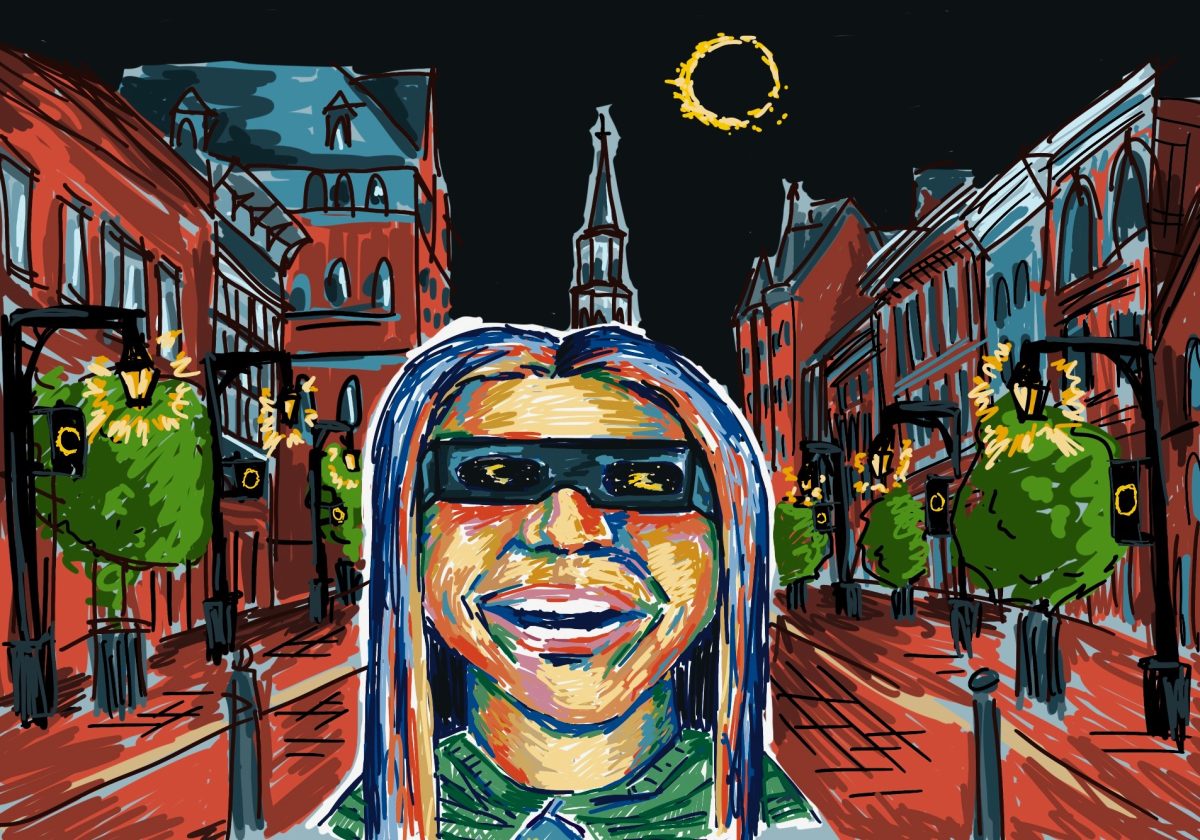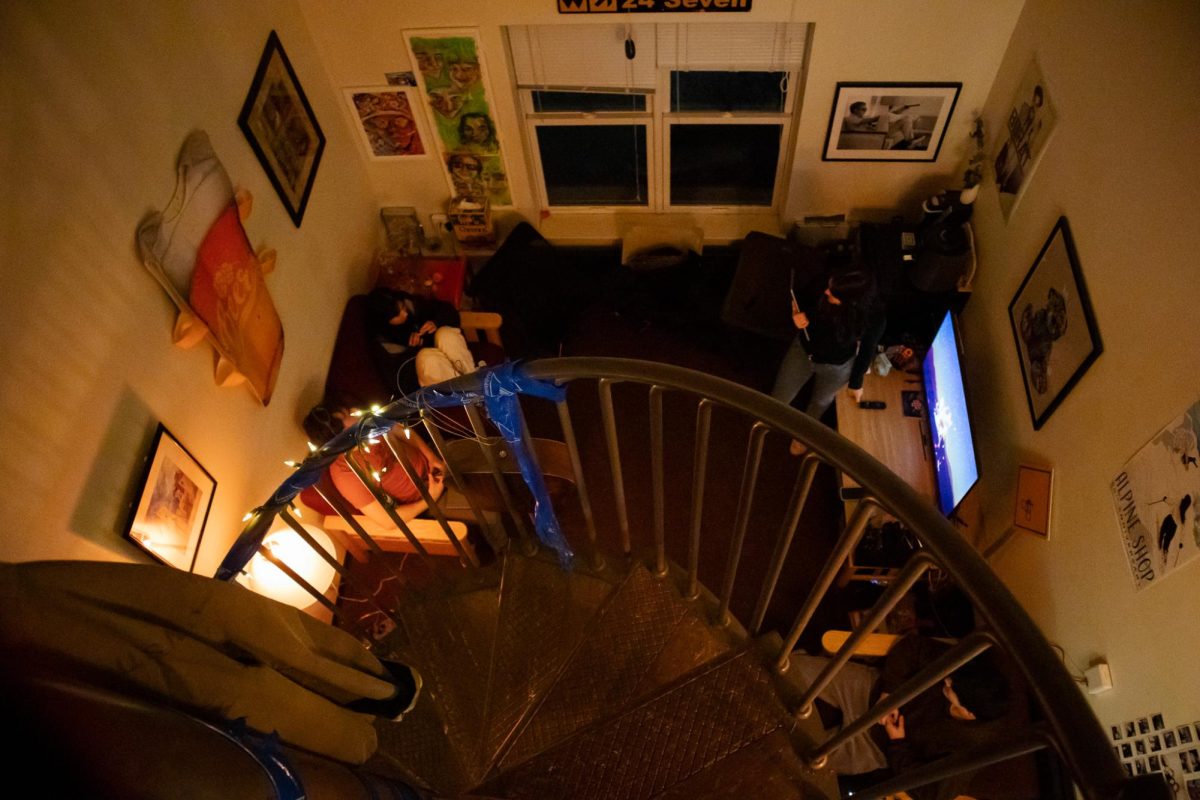Inside a brightly lit classroom in the Waterman building, a crowd of students and professors listened intently as Sarah LeVine spoke about the emergence of Buddhist nuns in the 20th century. The soft-spoken LeVine, who is an associate of the department of Sanskrit and Indian studies at Harvard University, shared her experiences and knowledge of Buddhist nuns as a part of the Claire M. Lintilhac Seminar on Asian Studies on Nov. 29. “I brought her to campus this semester in association with a class I’m teaching, History 195- History of the Himalayas,” history professor Abigail McGowan said. “She is one of the foremost authorities on the emergence of new orders of nuns within Theravada Buddhism in Nepal in the 20th century.” LeVine began with a brief history of the order of Buddhist nuns, recounting how it came about and then later faded. There has always been an order of nuns in Buddhism, she said. However, the nuns’ order was always subordinate to that of the monk. “Even the youngest monk was superior to the highest nun,” LeVine said as she showed the room a picture of a nun with a face full of wrinkles serving food to three young monks. This inequality is partially because laypeople – the non-ordained population – once believed that they received more religious merit by donating to monks. This caused the number of nuns to decline until it was all but extinguished in the 11th century, she said. In the 20th century, however, the nuns’ order was revived, partially due to modern political movements in countries like Nepal, LeVine said. In the 1950s, political revolution in Nepal allowed Buddhism to flourish and more women started to join the order, she said. Before the 1960s, nuns were widowed or abandoned by their families, who did not wish to carry their burden, LeVine said. However, during the 1900s, a new group of female devotees emerged; women from upper-class families wanted an education instead of a marriage, she said. These women did not want to be wed off to men whom they did not know, LeVine said. They wanted to be educated and to devote themselves to the teachings of the Buddha. Dhammawati Guruma was one of these women. “When she was 12 years old, she saw her sister give birth. It horrified her and she decided not to marry,” she said. Guruma has been a figurehead of the nun order. She has set up her own nunnery, which is the Dharmakirti Nunnery in Kathmandu, Nepal. Here she teaches the lessons of the Buddha, English and meditation, and translates texts for the laypeople, Levine said. In recent years, this trend of upper-class women entering the order has been on the rise. This is evident in Taiwan which, along with Hong Kong, is one of the two places women are able to be fully ordained. Taiwan’s recent economic boom has led to more and more women entering the order, Levine said. In 1990, Taiwan had 20,000 fully ordained nuns, Levine said. The nun order also has begun to expand into the Western world. Women from Western countries are now travelling to either Taiwan or Hong Kong to become fully ordained, Levine said. Although the nun order is steadily growing, it is uncertain whether or not this will continue in the next five or 10 years, LeVine said. “In Asia, the nun movement seems to be flourishing, mostly because it is very difficult for a woman to be seen as respectful when they aren’t married, so it is seen as a refuge,” LeVine said. “As time goes on, it may be that the attractiveness of the order will diminish as they are allowed to be single and live by themselves.”












